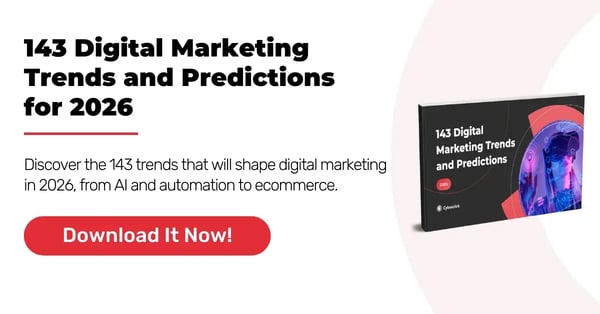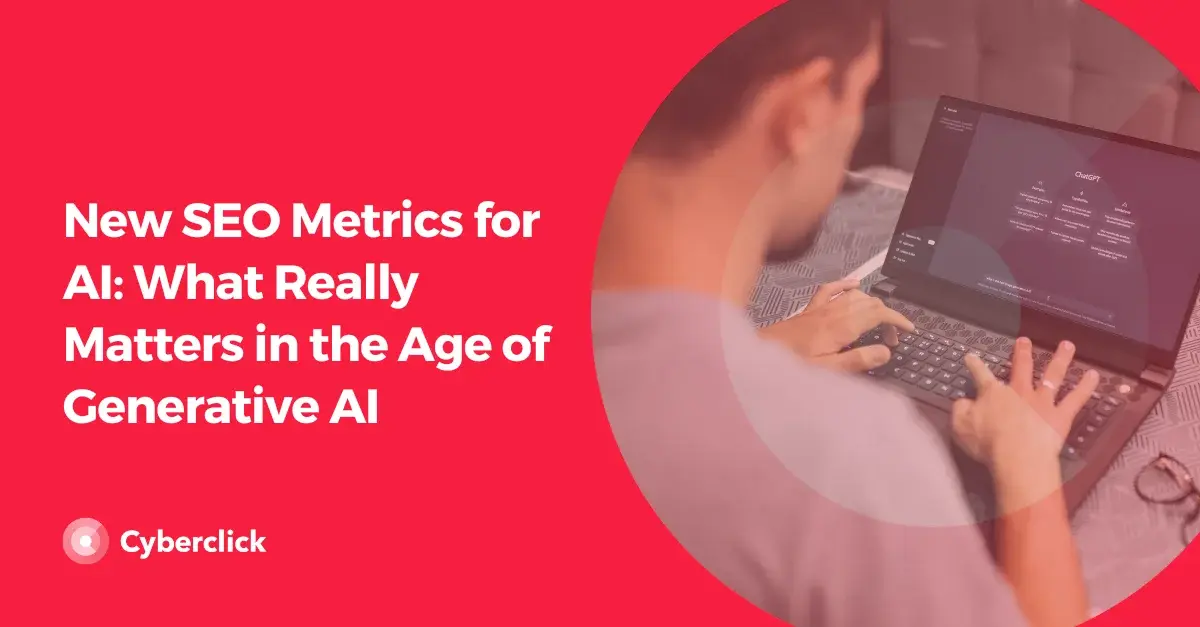When it comes to digital marketing today, you're probably hearing a lot about GEO (generative engine optimization). We're in the middle of a fundamental shift in search behavior, driven by tools like Google’s AI Overviews, ChatGPT, and Perplexity. These platforms don’t just rely on organic search results. Instead, they pull from multiple sources and summarize answers using generative AI. If your content isn’t being cited or referenced, you’re invisible in this new landscape.
Let’s break down what GEO is, how it differs from SEO, and how you can start ranking in generative AI tools.

SEO, or search engine optimization, is far from obsolete. It’s still what determines your site’s visibility in traditional search results. That includes Google, Bing, and even niche search platforms like Ecosia.
Core elements of SEO include:
-
Keyword Optimization: Match your content to what people search.
-
Content Quality and Relevance: Include useful, well-organized information that satisfies search intent.
-
Backlink Authority: Earn links from trusted domains.
-
Technical SEO: Monitor site speed, mobile performance, and crawlability.
These are all still ranking signals in classic SERPs. But they don’t guarantee visibility in AI-generated summaries, where the traffic is now starting to shift.
What GEO Brings to the Table
GEO is focused on making your content visible inside AI-generated responses, like when a user asks ChatGPT a question or sees a Google AI Overview. These tools don’t “rank” links the same way. Instead, they synthesize answers from multiple sources and only reference the ones they consider trustworthy, direct, and well-structured.
Key priorities in GEO include:
-
Clarity: Short, clear statements
-
Structure: Headings, lists, and bite-sized chunks for AI to interpret
-
Authority signals: Verified facts, cited sources, and topical consistency
-
Entity recognition: Clear identification of people, brands, and topics AI can use
Google’s SGE, for example, often includes cited sources beneath the AI-generated answer. But inclusion isn’t guaranteed. Your content must be easy for AI systems to parse and extract.
GEO vs. SEO: The Practical Differences
Here’s how SEO and GEO differ:
|
Aspect |
SEO |
GEO |
|
Search Environment |
Google, Bing, Yahoo (traditional search) |
Google AI Overviews, ChatGPT, Perplexity, Claude |
|
Goal |
Rank high in SERPs |
Be referenced or cited in AI-generated answers |
|
Ranking Method |
Based on 200+ algorithmic factors (e.g., links, content) |
Based on AI extraction, clarity, factual accuracy |
|
Optimization Style |
Keyword-driven, with long-form content |
Answer-focused, structured for extraction |
|
User Action |
Click through to your website |
Stay on platform, consume your info without clicking |
|
Measurement |
Organic traffic, SERP rank, CTR |
Citations in AI responses, mentions in generated answers |
|
Update Frequency |
Google core updates quarterly or semi-annually |
AI models retrained and updated frequently (sometimes weekly) |
Why This Matters Right Now
You don’t need to stop optimizing SEO. In fact, GEO works best when it builds on a solid SEO foundation. But if you’re not actively updating your strategy to account for how AI presents information, you risk falling behind.
This means you need to compete for citations, not just clicks.
How to Adjust Your Strategy for SEO & GEO
Here’s are some things to focus on to optimize your strategy now:
Keep SEO Best Practices In Mind
-
Optimize page titles, URLs, and H1/H2s
-
Maintain fast, mobile-optimized site performance
-
Focus on user experience and satisfaction
Adapt Your Content for GEO
-
Provide answers to real questions that your audience types into AI tools
-
Use clear, factual statements that AI can extract
-
Add FAQ sections to content to match conversational queries
-
Include original insights or data, (AI prefers citing value-add content)
Track and Measure
-
Use tools like Google Search Console to track traditional rankings
-
Test how your content performs in AI tools like Perplexity or SGE Labs
-
Start documenting when your content is cited or paraphrased in AI summaries
Common Mistakes to Avoid
-
Over-Reliance on Keywords: GEO values clarity more than density
-
Neglecting Content Structure: If your post is one giant block of text, AI won’t know where to pull answers from
-
Skipping Source Attribution: When you cite reliable data and link to external websites, AI models treat your content as more credible
Final Thoughts
SEO is still a powerful driver of organic visibility. But if you're not optimizing for AI-generated responses, you’re likely missing out on potential leads.
Think of SEO as your foundation, and GEO as your gateway into the future of search. Together, they form a modern, future-ready content strategy.
Start by choosing one high-performing blog post or landing page, and restructure it with GEO in mind. Add clear headers, answer a few targeted questions, and test how it performs across both search engines and generative tools.
You don’t need to overhaul everything today, but you do need to start adapting.
Responsable de la estrategia de contenidos y visibilidad en Cyberclick, con enfoque Allbound y especialización en posicionamiento SEO, GEO y automatización con IA. Gestión avanzada del CRM con HubSpot: base de datos, workflows, lead nurturing, scoring y reporting. Experiencia en marketing digital, comunicación corporativa y periodismo, uniendo estrategia, creatividad y tecnología para captar y convertir leads cualificados.
Responsible for content and brand visibility strategy at Cyberclick, with an Allbound approach and specialization in SEO, GEO (Generative Engine Optimization), and AI-powered automation. Advanced HubSpot CRM management: database segmentation, workflows, lead nurturing, scoring, and reporting. Background in digital marketing, corporate communications, and journalism—combining strategy, creativity, and technology to attract and convert qualified leads.






Leave your comment and join the conversation